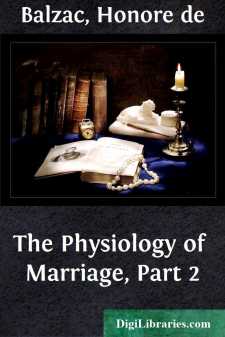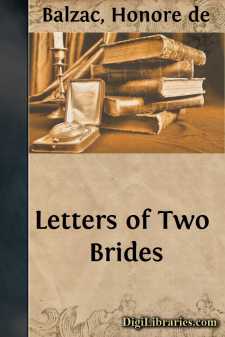Categories
- Antiques & Collectibles 13
- Architecture 36
- Art 48
- Bibles 22
- Biography & Autobiography 813
- Body, Mind & Spirit 142
- Business & Economics 28
- Children's Books 17
- Children's Fiction 14
- Computers 4
- Cooking 94
- Crafts & Hobbies 4
- Drama 346
- Education 46
- Family & Relationships 57
- Fiction 11829
- Games 19
- Gardening 17
- Health & Fitness 34
- History 1377
- House & Home 1
- Humor 147
- Juvenile Fiction 1873
- Juvenile Nonfiction 202
- Language Arts & Disciplines 88
- Law 16
- Literary Collections 686
- Literary Criticism 179
- Mathematics 13
- Medical 41
- Music 40
- Nature 179
- Non-Classifiable 1768
- Performing Arts 7
- Periodicals 1453
- Philosophy 64
- Photography 2
- Poetry 896
- Political Science 203
- Psychology 42
- Reference 154
- Religion 513
- Science 126
- Self-Help 84
- Social Science 81
- Sports & Recreation 34
- Study Aids 3
- Technology & Engineering 59
- Transportation 23
- Travel 463
- True Crime 29
Sons of the Soil
by: Honore de Balzac
Categories:
Description:
Excerpt
CHAPTER I. THE CHATEAU
Les Aigues, August 6, 1823.
To Monsieur Nathan,
My dear Nathan,—You, who provide the public with such delightful dreams through the magic of your imagination, are now to follow me while I make you dream a dream of truth. You shall then tell me whether the present century is likely to bequeath such dreams to the Nathans and the Blondets of the year 1923; you shall estimate the distance at which we now are from the days when the Florines of the eighteenth century found, on awaking, a chateau like Les Aigues in the terms of their bargain.
My dear fellow, if you receive this letter in the morning, let your mind travel, as you lie in bed, fifty leagues or thereabouts from Paris, along the great mail road which leads to the confines of Burgundy, and behold two small lodges built of red brick, joined, or separated, by a rail painted green. It was there that the diligence deposited your friend and correspondent.
On either side of this double pavilion grows a quick-set hedge, from which the brambles straggle like stray locks of hair. Here and there a tree shoots boldly up; flowers bloom on the slopes of the wayside ditch, bathing their feet in its green and sluggish water. The hedge at both ends meets and joins two strips of woodland, and the double meadow thus inclosed is doubtless the result of a clearing.
These dusty and deserted lodges give entrance to a magnificent avenue of centennial elms, whose umbrageous heads lean toward each other and form a long and most majestic arbor. The grass grows in this avenue, and only a few wheel-tracks can be seen along its double width of way. The great age of the trees, the breadth of the avenue, the venerable construction of the lodges, the brown tints of their stone courses, all bespeak an approach to some half-regal residence.
Before reaching this enclosure from the height of an eminence such as we Frenchmen rather conceitedly call a mountain, at the foot of which lies the village of Conches (the last post-house), I had seen the long valley of Aigues, at the farther end of which the mail road turns to follow a straight line into the little sub-prefecture of La Ville-aux-Fayes, over which, as you know, the nephew of our friend des Lupeaulx lords it. Tall forests lying on the horizon, along vast slopes which skirt a river, command this rich valley, which is framed in the far distance by the mountains of a lesser Switzerland, called the Morvan. These forests belong to Les Aigues, and to the Marquis de Ronquerolles and the Comte de Soulanges, whose castles and parks and villages, seen in the distance from these heights, give the scene a strong resemblance to the imaginary landscapes of Velvet Breughel.
If these details do not remind you of all the castles in the air you have desired to possess in France you are not worthy to receive the present narrative of an astounded Parisian. At last I have seen a landscape where art is blended with nature in such a way that neither of them spoils the other; the art is natural, and the nature artistic....












